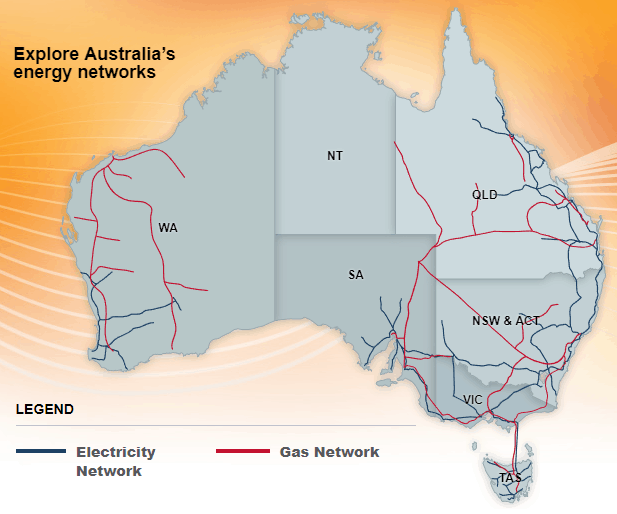A $10m trial funded by ARENA (the Australian Renewable Energy Agency) will allow operators of solar and wind farms to start self-forecasting in order to improve information for the Australian Energy Market Operator and potentially decrease prices.
Self-forecasting – How will it help?

The AEMO currently predicts outputs in five minute intervals – but they’re sometimes not completely accurate and as such can require companies to spend extra money so the grid remains stable. These extra costs are then passed onto the consumers by the retailers (by raising power prices). If we were able to have more accurate forecasting of output by solar/wind farms this would decrease prices for everyone.
The new trial will be undertaken by ARENA and the AEMO, and, according to Federal Energy Minister Josh Frydenberg, local factors (i.e. weather, geography, operational conditions) will be factored in and result in a complete overhaul of the way renewable production prediction is made across Australia’s National Energy Market.
“If successful, this trial could see wind and solar farms providing their own ‘self-forecasts’ that take into account exactly what’s happened when and where they are located. For example, if a cloud passes over a solar farm or if the wind changes,” Mr Frydenberg said.
“If the forecasts are too high, the wind or solar farm may be obliged to pay for the costs of stabilising, which increases the price of electricity and is ultimately passed on. We are hoping this initiative will change how forecasts for variable renewable energy are used in the electricity market.”

